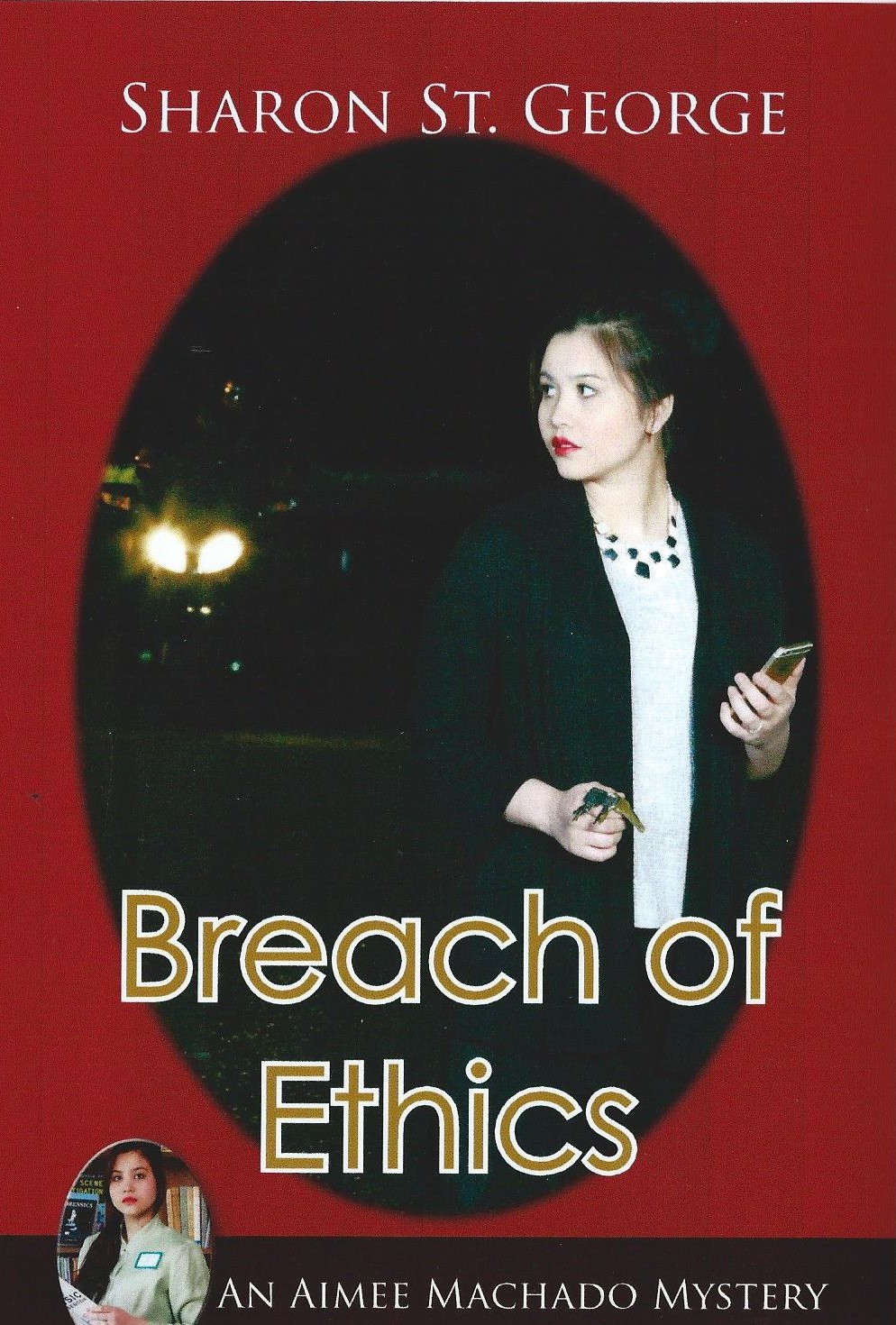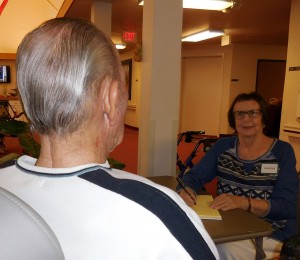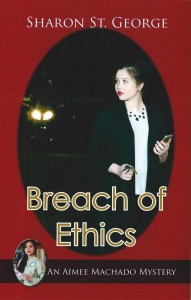Welcome to another post on facts I’ve learned by writing fiction.
 While researching the third book in my Aimee Machado Mystery series, I came across many fascinating examples of child prodigies and their stories. The plot of Breach of Ethics centers on the plight of a ten-year-old piano prodigy who suffers a burst appendix. The little girl becomes a patient in the hospital where Aimee works as a forensic librarian and coordinator of Timbergate Medical Center’s Ethics Committee. To avoid spoilers, I won’t reveal more of the plot here.
While researching the third book in my Aimee Machado Mystery series, I came across many fascinating examples of child prodigies and their stories. The plot of Breach of Ethics centers on the plight of a ten-year-old piano prodigy who suffers a burst appendix. The little girl becomes a patient in the hospital where Aimee works as a forensic librarian and coordinator of Timbergate Medical Center’s Ethics Committee. To avoid spoilers, I won’t reveal more of the plot here.
Among the things I learned about prodigies is that they emerge most often in fields of athletics, mathematics, chess and music. Think Tiger Woods, Stephen Hawking, Bobby Fischer, and Wolfgang Amadeus Mozart.
Recently, reality television has begun showcasing young prodigies with programs like Little Big Shots, and Genius Junior. But prodigy can come with a downside. “Many gifted kids have A.D.D. or O.C.D. or Asperger’s,” says Veda Kaplinsky of Juilliard, a pre-eminent teacher of young pianists. “Genius is an abnormality and can signal other abnormalities.”
A decade ago, The Big Bang Theory, a scripted television series, introduced us to physicist Dr. Sheldon Cooper. In a spin-off, we now see Young Sheldon as a child prodigy. The success of these two series was followed more recently by Dr. Shaun Murphy in The Good Doctor, on a different network.
In both cases, these characters are brilliant in their respective domains, physics and medicine, but they struggle in other areas. The Shaun Murphy character is written with a diagnosis of autism along with his savant syndrome. And although The Big Bang Theory does not state that Sheldon Cooper is on the autism spectrum, there are viewers who believe his character exhibits some Asperger-like characteristics.
 Returning full circle to the musical prodigy in Breach of Ethics, and to musical prodigies in general, there are many amazing examples of these gifted children online. Here’s one site that’s worth a look, and there many others on the topic of child prodigies.
Returning full circle to the musical prodigy in Breach of Ethics, and to musical prodigies in general, there are many amazing examples of these gifted children online. Here’s one site that’s worth a look, and there many others on the topic of child prodigies.
http://www.classicfm.com/discover-music/latest/child-prodigies-video/
The Aimee Machado Mystery series is available in print and e-Book format from Amazon, Barnes & Noble, and on request from your local bookstore. Come back soon for another post on facts I’ve learned while writing Spine Damage, book 4 in this series.




 These days, candy striper outfits only see the light of day at Halloween parties, but most hospitals do require volunteers to wear uniforms that allow them to be easily identified. In spite of the lack of financial compensation, there are many ways that volunteering in a hospital can be rewarding. Men and women of all ages and walks of life are participating in this vital and generous form of volunteer work. They are vibrant, productive and priceless assets in the health care world.
These days, candy striper outfits only see the light of day at Halloween parties, but most hospitals do require volunteers to wear uniforms that allow them to be easily identified. In spite of the lack of financial compensation, there are many ways that volunteering in a hospital can be rewarding. Men and women of all ages and walks of life are participating in this vital and generous form of volunteer work. They are vibrant, productive and priceless assets in the health care world. volunteers.
volunteers.


 ng your hospital AMA could be the worst decision you ever make—in spite of what you’ve seen the hero do on your favorite TV show. (We know it wasn’t your idea, Sherlock. The writers made you do it.)
ng your hospital AMA could be the worst decision you ever make—in spite of what you’ve seen the hero do on your favorite TV show. (We know it wasn’t your idea, Sherlock. The writers made you do it.)